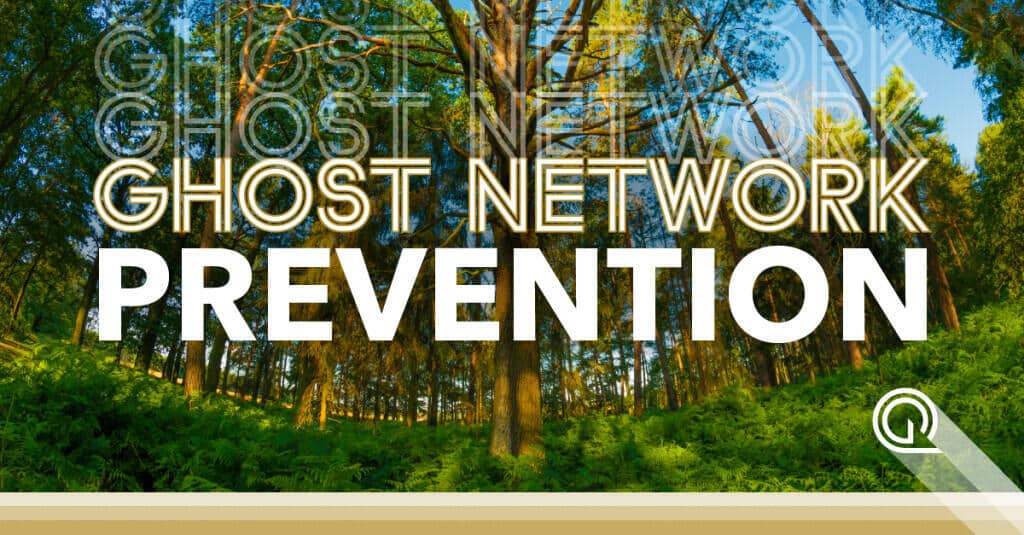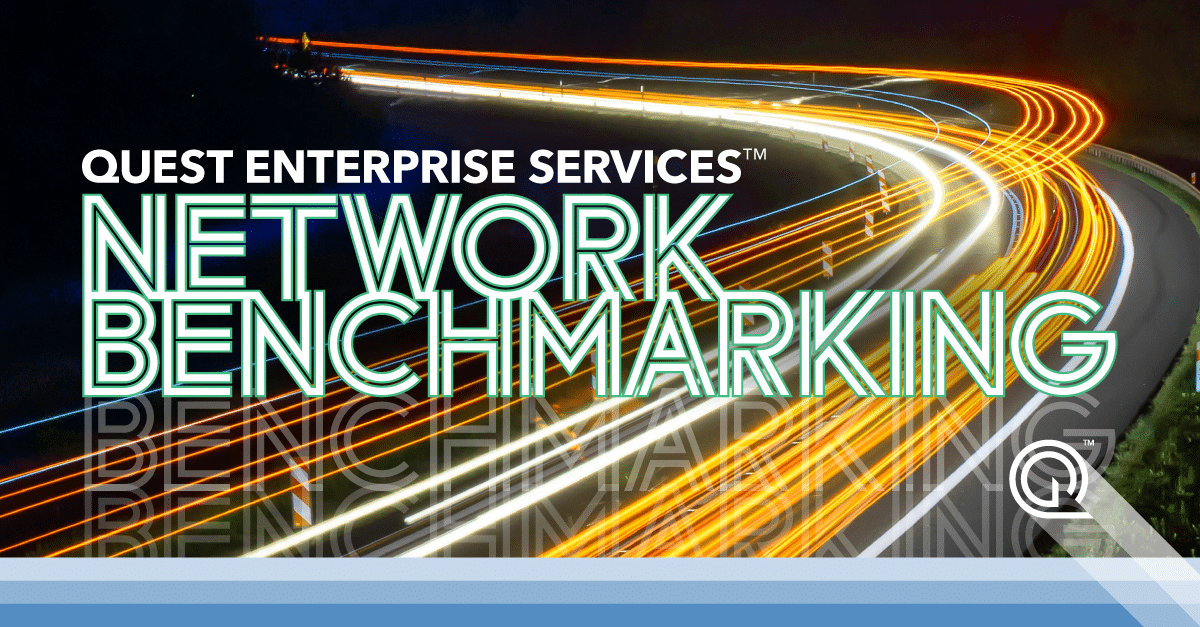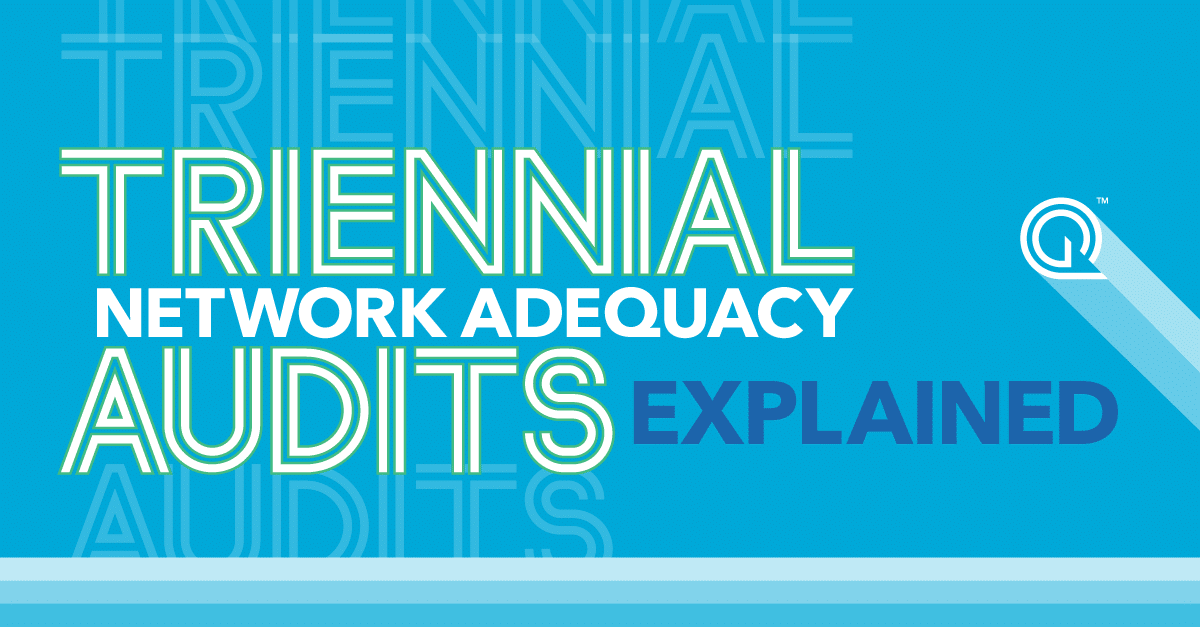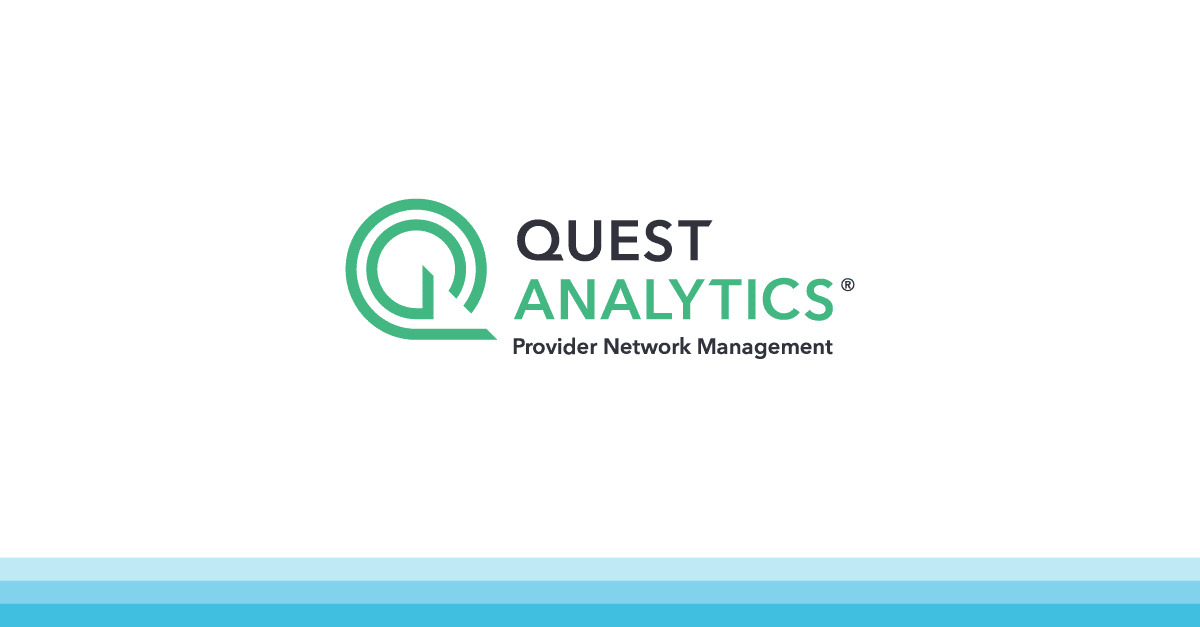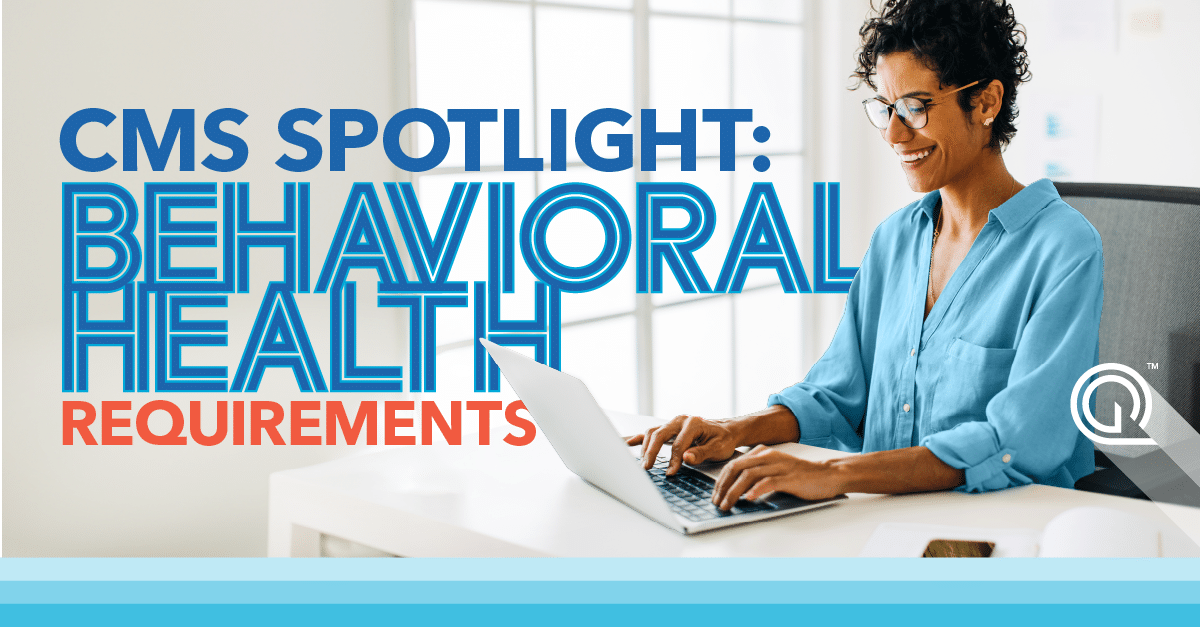“Loved the atmosphere, the interaction was so easy. I’ve never seen staff who really care so much for the products and customers, amazing!”
– Vision Quest attendee
“I learn new things each time I go because there are so many new things every year. Nice hands-on sessions.”
– Vision Quest attendee
“This is exactly what I was looking for. Great suggestions to better utilize the products.”
– Vision Quest attendee
PAST ATTENDEES INCLUDE
Ameritas
Arkansas BCBS
Ascension
Avesis
AvMed
BCBS of Illinois
BCBSNM
BCBSNC
BCBS of South Carolina
Buckeye Health Plan
Capital BlueCross
Capital Districts Physician’s
Centene Corp
Cleveland Clinic
Cigna
Dean Health Plan
Delta Dental of NJ
Health Plan
HCSC
CareSource
Carisk Partners
Centene
Central California Alliance for Health
Clever Care Health Plan
Community Health Plan of WA
Dean Health Plan
Envolve Pharmacy Solutions
Florida Blue
Geisinger
Guardian
Health Alliance Plan
HealthNow New York Inc.
Highmark, Inc.
Horizon
Humana
Kaiser Permanente
KelseyCare Advantage
Lumeris
Mazars USA
Medica
Novitus Health Solutions
Optima Health
Optum
PA Health and Wellness
Presbyterian Health Plan
Quest Diagnostics
TriHealth Baldwin
Santa Clara Family Health Plan
Sharp Health Plans
Solstice Benefits
Southwest Health Resources
The Health Plan
UCare
UnitedHealthcare
Unity Health
Versant
- 00Days
- 00Hours
- 00Minutes
- 00Seconds


